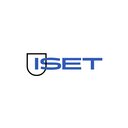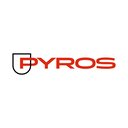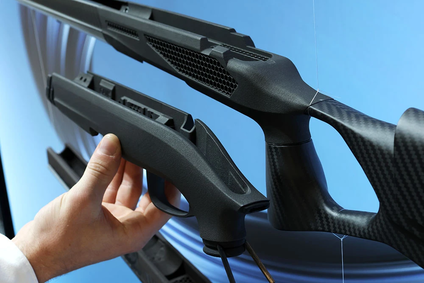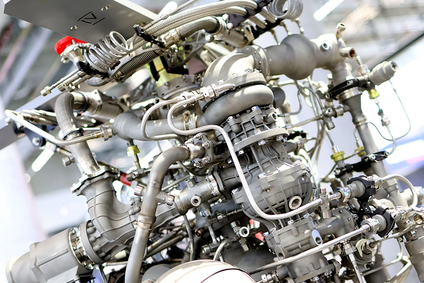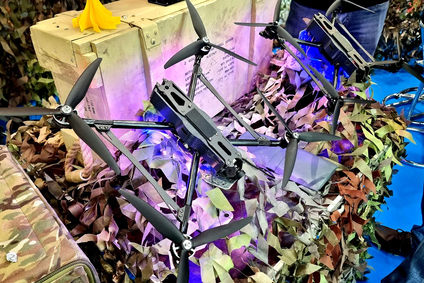3D-ARMY conference will present the use of 3D printing in the arms industry
May 21, 2025 / 12:47 PM
3D printing is a strategic technology in the development and production of advanced weapons, drones and military technology. Its specific applications will be presented at the international conference 3D-ARMY, which will take place on 29 May at the IDET trade fair under the auspices of the Association of the Defence and Security Industry of the Czech Republic.
3D printing of weapons is becoming known to the general public mainly due to tabloid reports about the dissemination of instructions for weapons production via the Internet. This topic will also be open at the 3D-ARMY conference - experts in weapons production and representatives of the criminal police will talk about the risks that 3D printing actually poses in this respect.
The core of the conference programme, however, is all sorts of ways in which additive manufacturing can be legitimately used in the arms industry. Participants can look forward to completely unique information and experiences from projects implemented not only in the Czech Republic, but also in other countries - from the USA to Germany to Israel.
Twenty presentations are prepared. Let us mention the Czech project of the consortium of PBS, ONE3D and HiLASE, which will be involved in the development of components for Lockheed Martin F-35 fighter jets. This contract is significant, among other things, because of the extent of the additive manufacturing involvement, which involves the acquisition of by far the most expensive and largest 3D printer for the production of metal parts in Central Europe, which will be installed this year in the Moravian town of Mohelnice.
3D printing is now an indispensable part of the equipment of NATO armies and their contractors. They are benefiting from the current security situation in the world, which is not only increasing the production demand in the defence industry, but also the availability of financial support programmes that contribute to the development of new technologies with significant financial injections. The conference will also devote space to these initiatives.
A survey conducted by the conference's expert guarantor Ing. Jan Homola revealed that for 3D printer suppliers, the armaments industry is already a more important source of demand than the automotive industry (on which the Czech economy is still largely based). A quarter of companies perceive armaments production as a crucial field, and for almost 60% of companies it is a very important field.
This trend is confirmed by hard data: for example, the US Department of Defense has invested nearly $1 billion in 3D printing in 2024, and spending in this direction is set to nearly triple over the next five years. Czech manufacturing companies can benefit from this trend not only because of the high expertise of domestic engineering, but also because it is at a similarly advanced level in our country as in Germany, for example.
The 3D-ARMY conference will offer its participants a space to gain useful inspiration and establish new contacts with the aim of promoting, through the unique capabilities of 3D printing, the innovativeness of the Czech arms industry as a whole.
Detailed information about the 3D-ARMY conference can be found at www.3d-army.com.
The organisers of 3D-ARMY are now also inviting to the next DefenCEO conference, which will take place on 8 October at MSV in Brno. The management summit, with the participation of key players from the public and private spheres, will focus on how Czech manufacturing companies can position themselves in defence and security supply chains.
The 3D-ARMY and DefenCEO conferences are organized by Nová média, s.r.o., whose Additive Manufacturing Forum has been the largest professional conference organized at the International Engineering Fair in Brno for 11 years.
